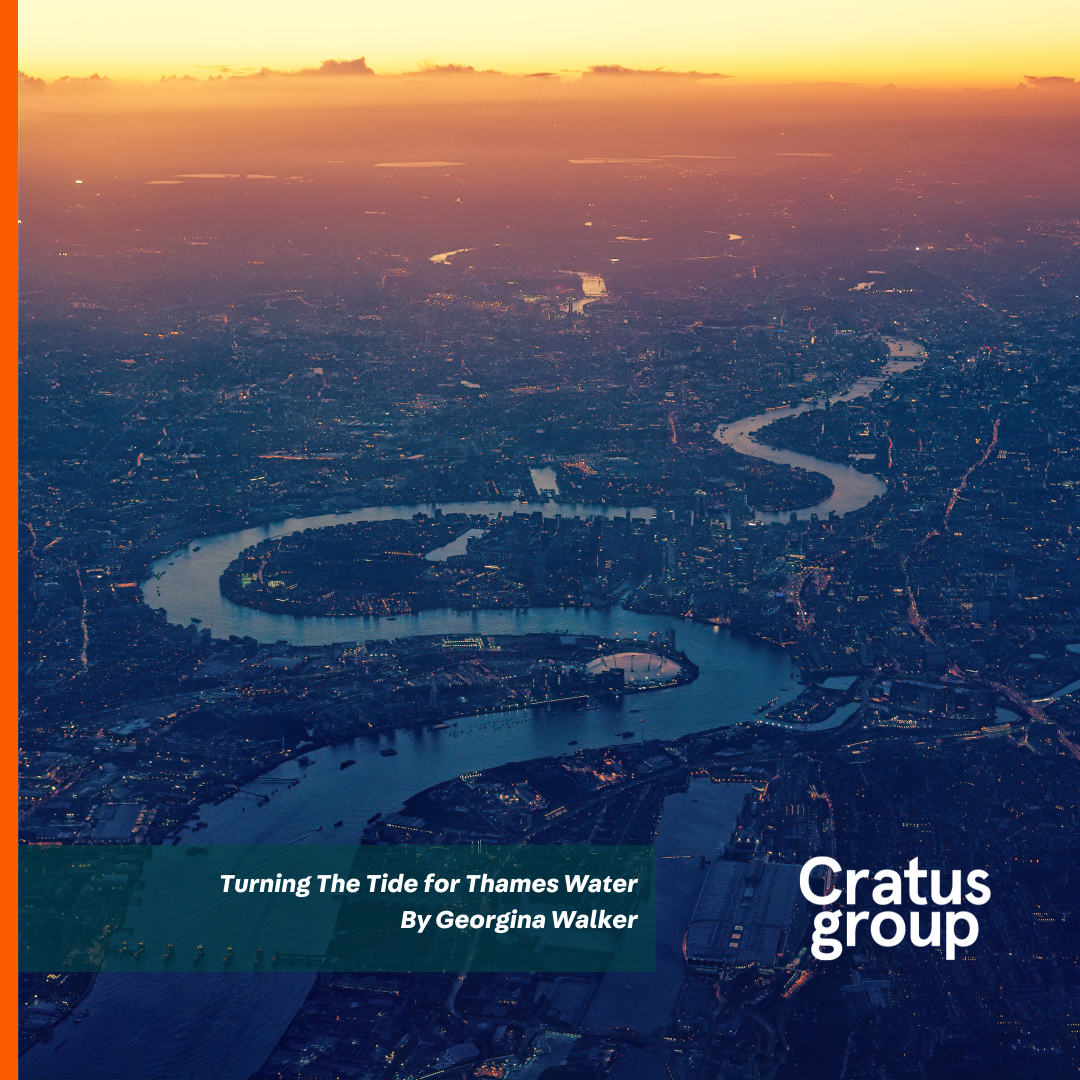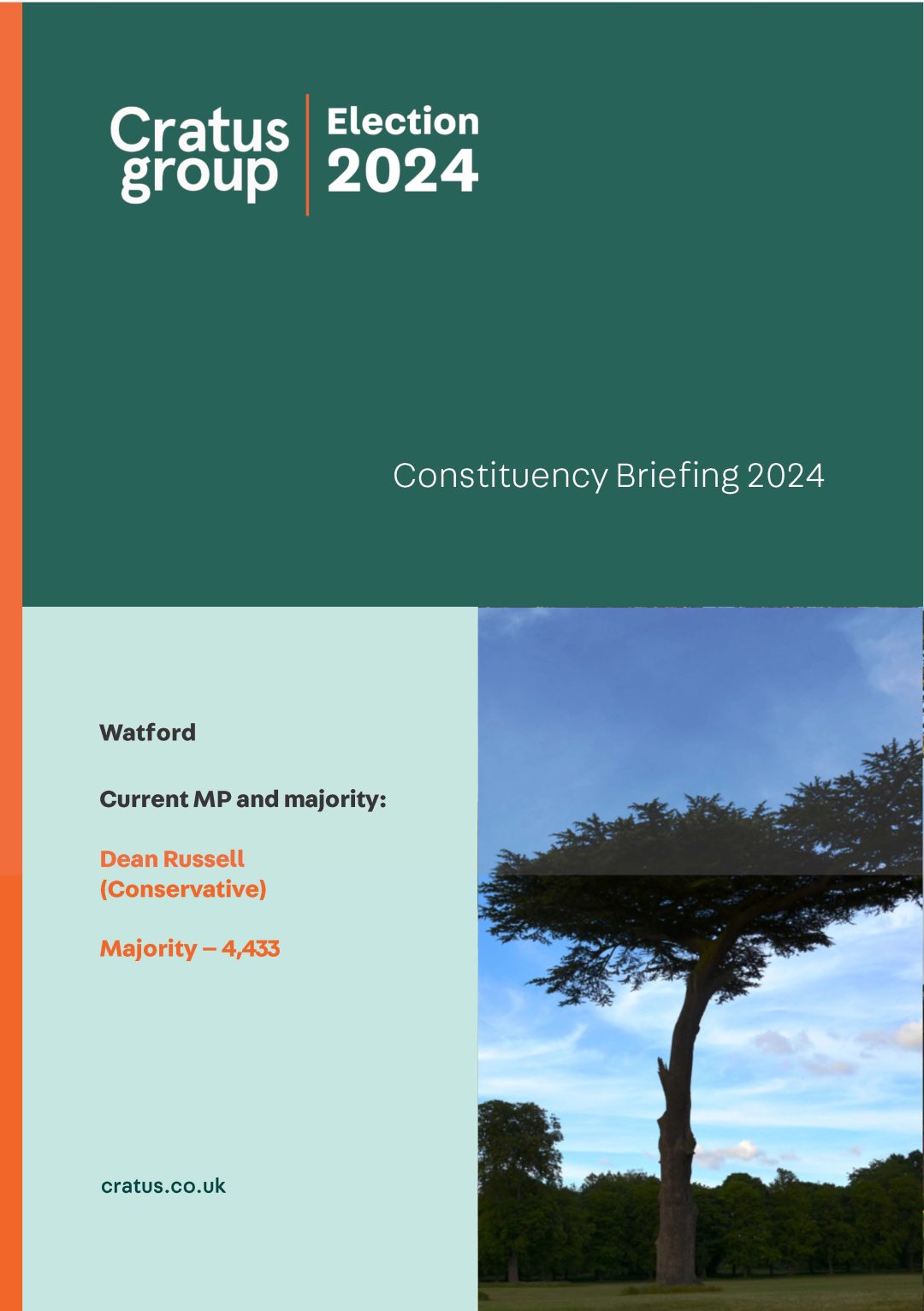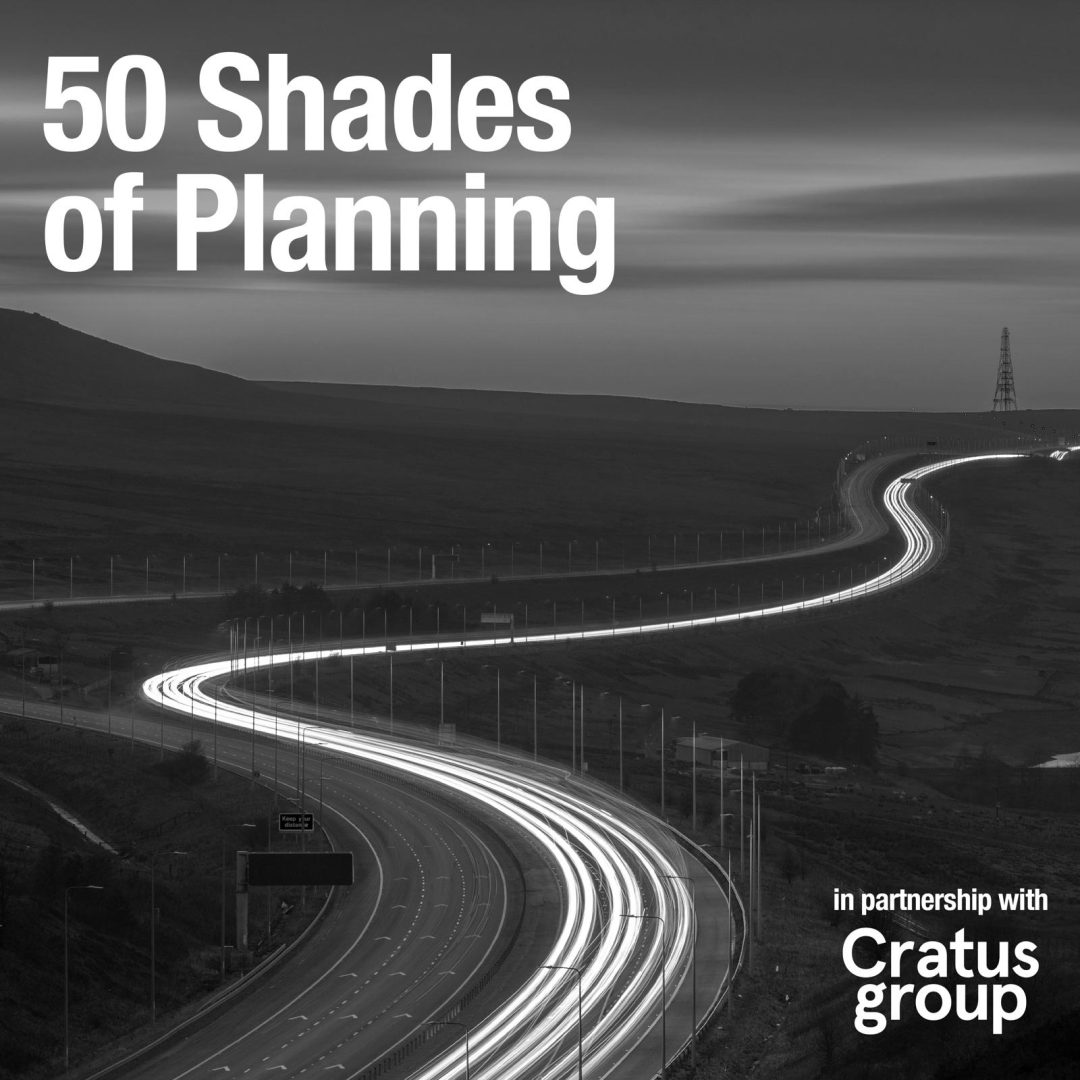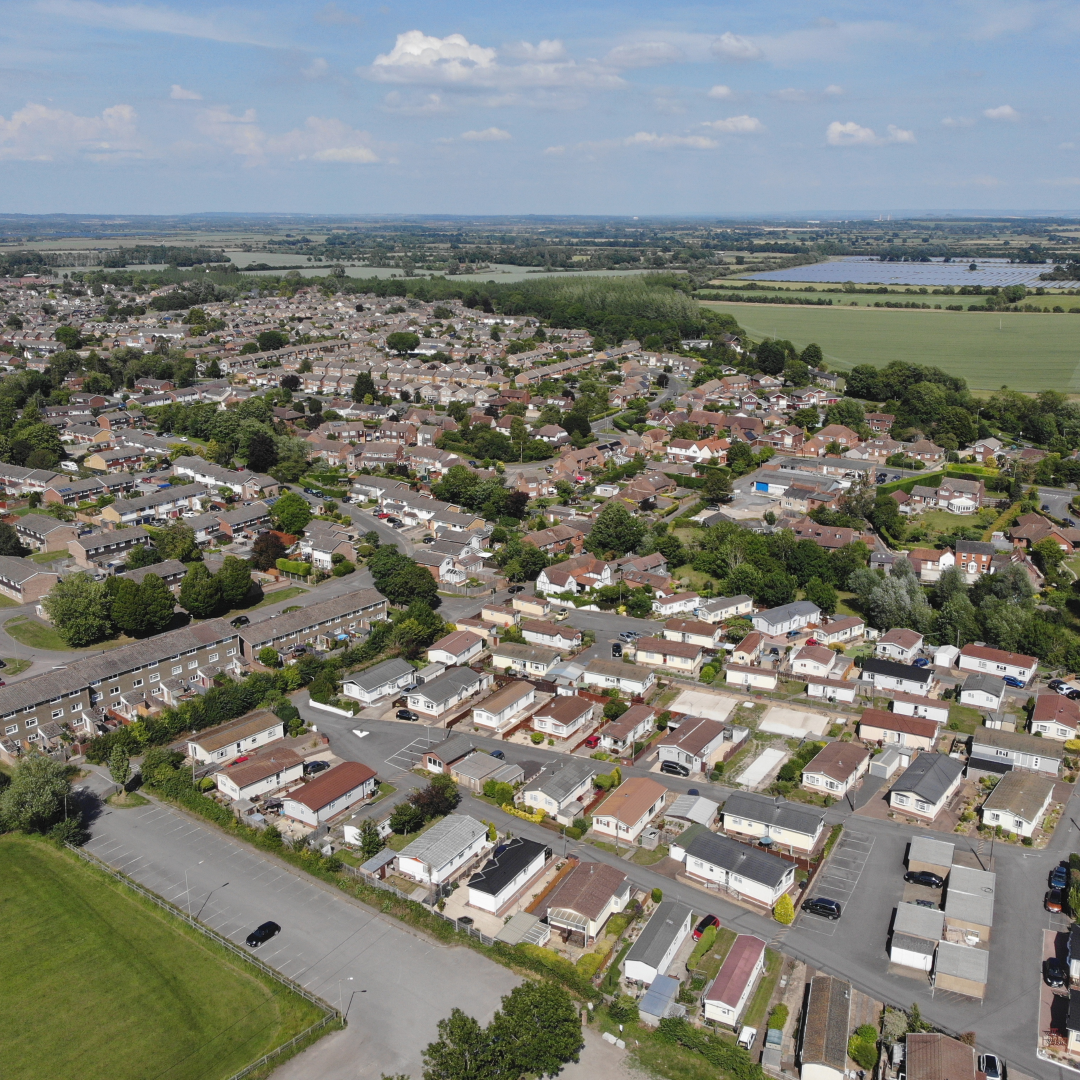Local Government By-election Report – May 2017
May was dominated by over 100 by-elections taking place on May 4th alongside the regular Council elections in the whole of Scotland and Wales and in 34 Councils across large parts of England, especially in the County Councils.
This month, as well as looking at the by-elections that have taken place, the report will include a breakdown of what happened in the regular local elections.
The successes were obviously dominated by the Conservatives with their best local election results since 2008 and an increase in their Councillors by over 560 new elected members. Labour by contrast lost more than 380 Councillors and, perhaps surprisingly considering their recent by-election successes and general vote increase, the Lib Dems actually lost 42 seats overall in comparison to the number they were defending.
In Scotland the SNP remained the largest party of local government although fractionally slipped backwards with seven less seats overall but the Conservatives overtook Labour to be the second largest party in Scottish local government to match their position in the Scottish Parliament. In Wales, Plaid Cymru made progress with a 33 seat increase, the Conservatives increased by 80 seats and Labour held more than expected but still lost 107 Councillors overall.
The Greens made a slight gain with six more Councillors across the country compared to the same seats elected in 2013. UKIP made the most spectacular change though, by losing all 146 seats they were defending and only picking up 1 new seat (in Lancashire).
Amongst the 27 County Council’s, the Conservatives now have majority control in 24 with the only real failure by them being in Oxfordshire where they had 31 Councillors before the election (out of 62) and failed to take the single seat they needed for majority control, leaving them still on 31.
Derbyshire went straight from Labour to Conservative with 19 seats changing hands between the two parties. Cumbria went from a Labour/ Lib Dem coalition to no overall control with the Conservatives gaining 12 seats to be the largest Party. Nottinghamshire moved from Labour control to no overall control, also with the Conservatives as the largest Party where they gained 10 seats, only three short of a majority.
Amongst the Unitary authorities, Wiltshire delivered an increased Conservative majority, Durham remained Labour controlled, albeit with a much reduced majority of 22 (from 64), Isle of Wight returned to majority Conservative control after four years run by the Independent’s. Northumberland remained No Overall Control with the Conservatives one seat short of majority (with that one seat coming down to the drawing of lots between the Conservative and Lib Dem candidates after the vote was tied) and Cornwall also remained NOC with the Conservatives becoming the largest group but still 16 seats short of a majority.
Of the 107 other by-elections on 4th May, in boroughs not part of the full Council elections, Labour had an easy hold in the Gospel Oak ward of Camden and took a seat off of the Greens in Hall Green, Birmingham. Carlisle saw a Conservative gain from Labour but where both parties increased their vote share in a marginal ward and where UKIP collapsed, with their vote presumably going in the main to Conservatives.
In Chilten the Conservatives took a seat from the Independents after the sitting Councillor resigned and held a seat with an increased majority in Crawley, where the Council remains 20-17 in Labour’s favour. They also took two seats from Labour in Stafford in a double resignation in one ward.
Labour had a good set of results in Dover where they held one seat by 7 votes from the Conservatives (having been 350 ahead in that ward in 2015) and took another seat from UKIP in a ward where the Conservatives would have been challenging. Dover remains a Conservative 5 seat majority.
In East Staffordshire the Conservatives increased their Council majority from 9 to 11 by taking a seat straight from Labour and took another in Gravesham in a previously split ward. Gravesham was previous evenly divided politically with the two main parties having 22 Cllrs each, so the by-election win gives the Conservatives a two seat majority.
In North Norfolk and North Dorset the Conservatives took seats from the Lib Dems on a day where the Lib Dems failed to make much of a breakthrough that they had been promising in by-elections during recent months. In Weymouth and Portland a seat went from Lib Dems to Conservatives in a ward that was previous a Lib Dem/ Labour split but in Bath and North East Somerset a seat did go the other way with Labour collapsing and their vote switching to the Lib Dems. The Conservatives retain a 10 seat majority though.
In Windsor and Maidenhead the Clewer North ward was lost by the Conservatives to an Independent having previously been a safe seat.
Overall, on May 4th the Conservatives successfully held 53 of the 59 seats they were defending and made 17 gains for a net increase of 11. Labour had a net loss of 8, the Lib Dems broke even and UKIP lost both they were defending without making any gains.







